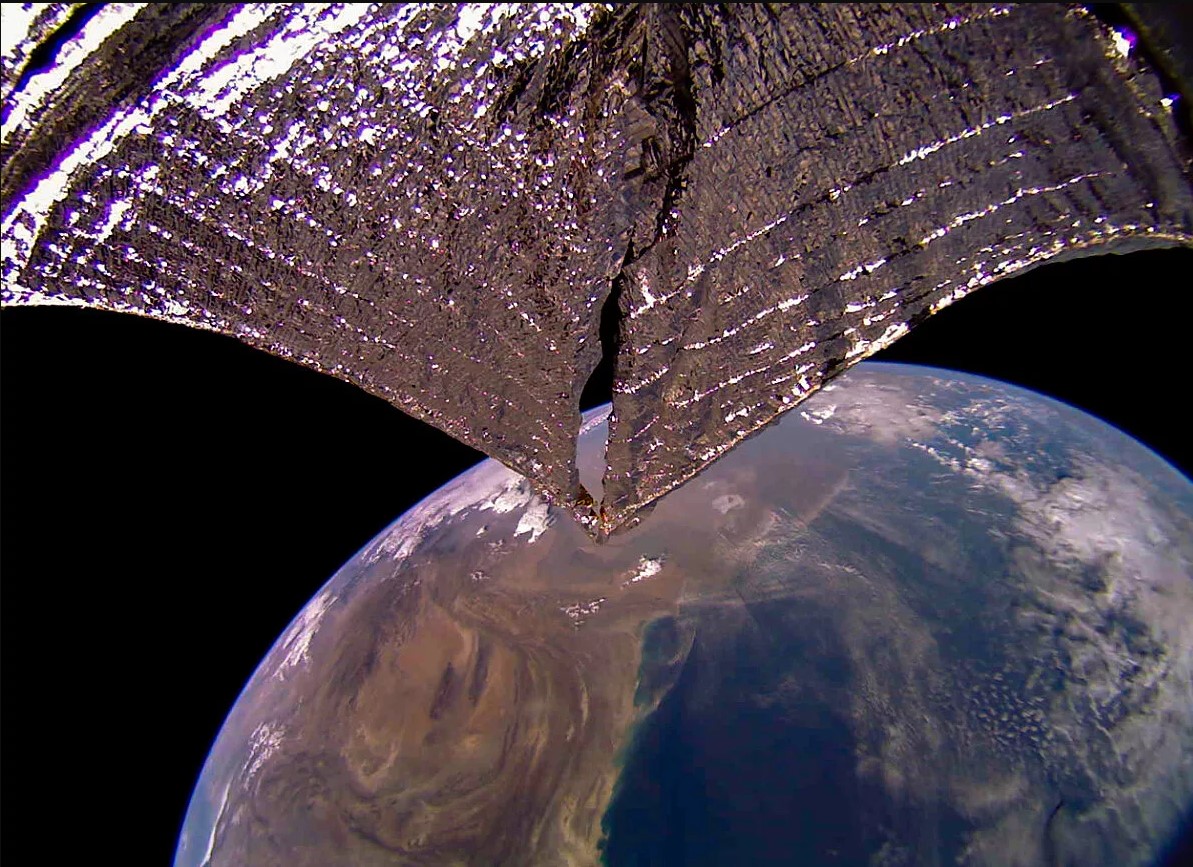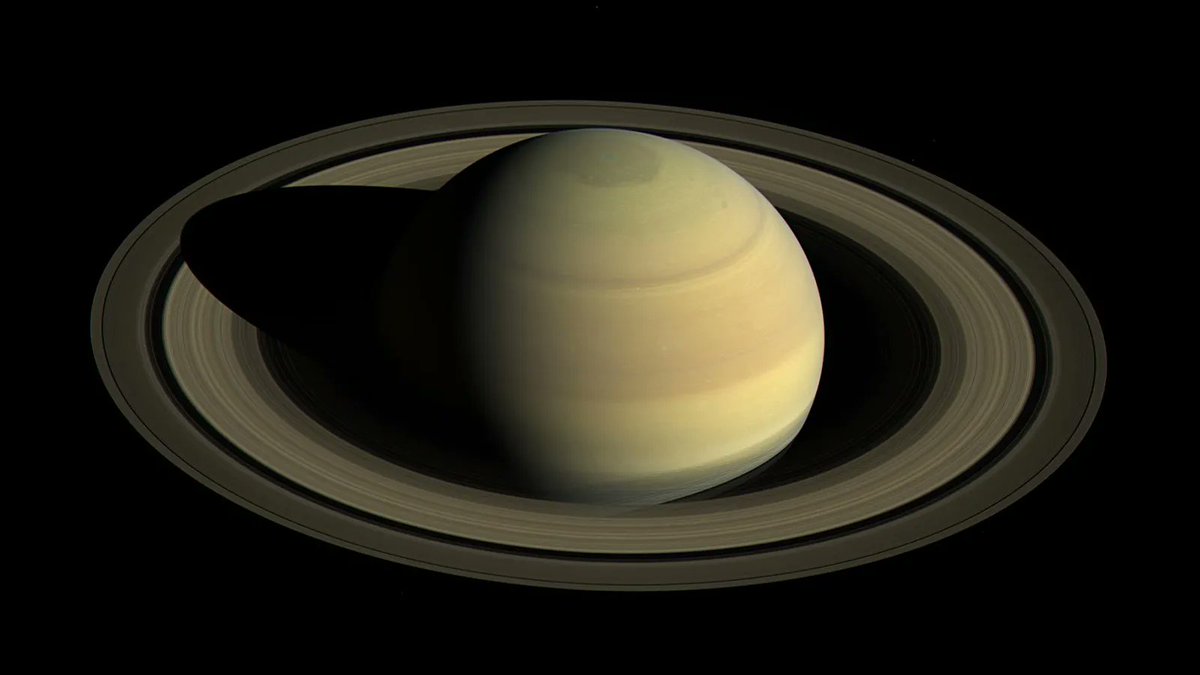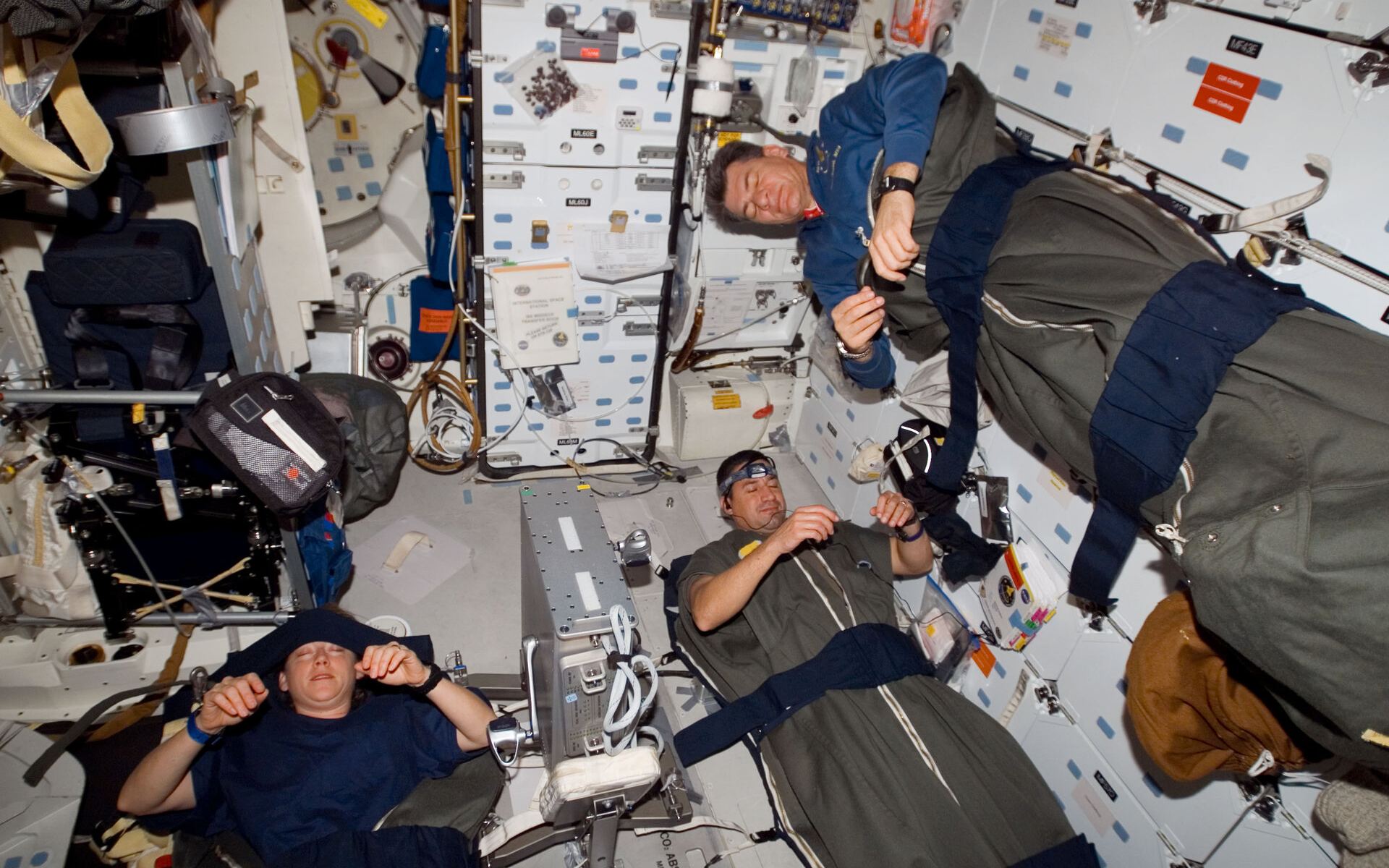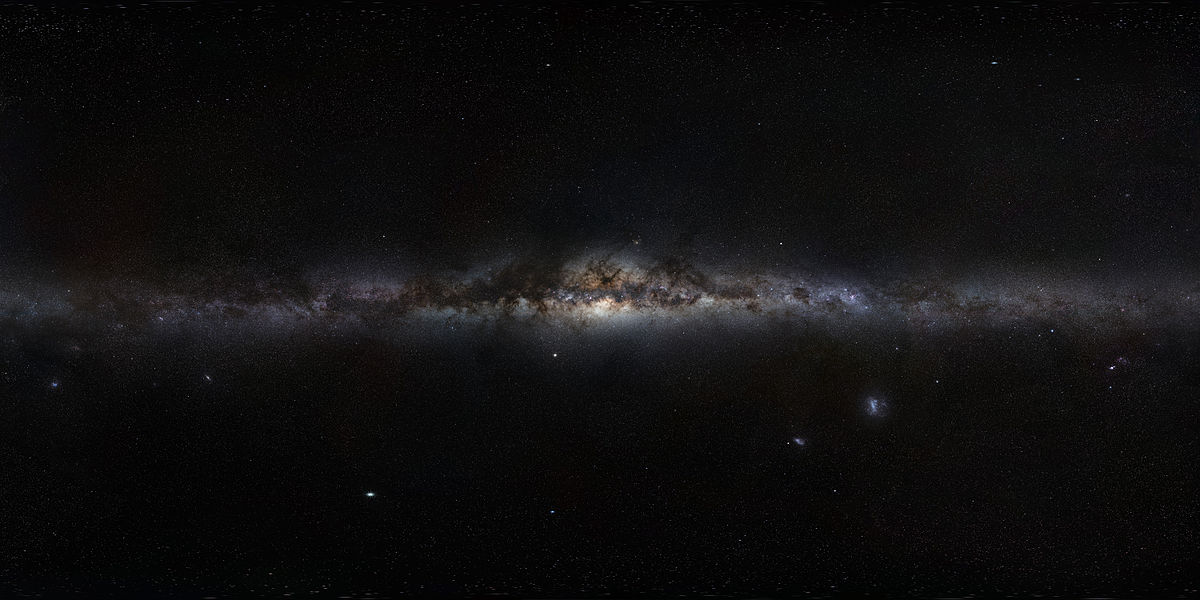It might be hard to fathom now, but the human exploration of the solar system isn’t going to stop at the Moon and Mars. Eventually, our descendants will spread throughout the solar system – for those interested in space exploration, the question is only of when rather than if. Answering that question is the focus of a new paper released on arXiv by a group of researchers from the US, China, and the Netherlands. Their approach is highly theoretical, but it is likely more accurate than previous estimates, and it gives a reasonable idea of when we could expect to see humans in the outer solar system. The latest they think we could reach the Saturnian system is 2153.
Continue reading “Forget About Mars, When Will Humans be Flying to Saturn?”Traveling the Solar System with Pulsar Navigation

A team of researchers at the University of Illinois Urbana-Champaign have found a way for travelers through the Solar System to work out exactly where they are, without needing help from ground-based observers on Earth. They have refined the pulsar navigation technique, which uses X-ray signals from distant pulsars, in a way similar to how GPS uses signals from a constellation of specialized satellites, to calculate an exact position .
Continue reading “Traveling the Solar System with Pulsar Navigation”Planetary Decadal Survey Says it’s Time for a Mission to Uranus (and Enceladus too!)
Since 2002, the United States National Research Council (NRC) has released a publication that identifies objectives and makes recommendations for science missions for NASA, the National Science Foundation, and other government agencies for the next decade. These reports, appropriately named Planetary Science Decadal Surveys, help inform future NASA missions that address the mysteries that persist in astronomy, astrophysics, earth science, and heliophysics.
On Thursday, April 19th, in a briefing in Washington D.C., the National Academies of Sciences, Engineering, and Medicine (NASEM) shared the main findings of the Planetary Science and Astrobiology Decadal Survey 2023-2032. The event was live-streamed and consisted of NASEM committee members discussing the key science questions, priority missions, and research strategies identified and recommended, followed by a Q&A session with the audience.
Continue reading “Planetary Decadal Survey Says it’s Time for a Mission to Uranus (and Enceladus too!)”Laser-Powered Sails Would be Great for Exploring the Solar System too
Between the exponential growth of the commercial space industry (aka. NewSpace) and missions planned for the Moon in this decade, it’s generally agreed that we are living in the “Space Age 2.0.” Even more ambitious are the proposals to send crewed missions to Mars in the next decade, which would see astronauts traveling beyond the Earth-Moon system for the first time. The challenge this represents has inspired many innovative new ideas for spacecraft, life-support systems, and propulsion.
In particular, missions planners and engineers are investigating Directed Energy (DE) propulsion, where laser arrays are used to accelerate light sails to relativistic speeds (a fraction of the speed of light). In a recent study, a team from UCLA explained how a fleet of tiny probes with light sails could be used to explore the Solar System. These probes would rely on a low-power laser array, thereby being more cost-effective than similar concepts but would be much faster than conventional rockets.
Continue reading “Laser-Powered Sails Would be Great for Exploring the Solar System too”Could Astronauts Hibernate on Long Space Voyages?
A renewed era of space exploration is upon us, and many exciting missions will be headed to space in the coming years. These include crewed missions to the Moon and the creation of permanent bases there. Beyond the Earth-Moon system, there are multiple proposals for crewed missions to Mars and beyond. This presents significant challenges since a one-way transit to Mars can take six to nine months. Even with new propulsion technologies like nuclear rockets, it could still take more than three months to get to Mars.
In addition to the physical and mental stresses imposed on the astronauts by the duration and long-term exposure to microgravity and radiation, there are also the logistical challenges these types of missions will impose (i.e., massive spacecraft, lots of supplies, and significant expense). Looking for alternatives, the European Space Agency (ESA) is investigating hibernation technology that would allow their astronauts to sleep for much of the voyage and arrive at Mars ready to explore.
Continue reading “Could Astronauts Hibernate on Long Space Voyages?”New Calculations Show That an Interstellar Bussard Ramjet Drive Would Need a Magnetic Field Stretching 150 Million Kilometres
In the 1960s, American physicist Robert W. Bussard proposed a radical idea for interstellar travel: a spacecraft that relied on powerful magnetic fields to harvest hydrogen directly from the interstellar medium. The high speed of this “ramjet” forces the hydrogen into a progressively constricted magnetic field until fusion occurs. The magnetic field then directs the resulting energy towards the rear of the spacecraft to generate propulsion.
As it’s come to be known, the Bussard Ramjet has since been popularized by hard science fiction writers like Poul Anderson, Larry Niven, Vernor Vinge, and science communicators like Carl Sagan. Unfortunately, a team of physicists recently analyzed the concept in more detail and concluded that Bussard’s idea is not practical. At a time when interstellar travel looks destined to become a real possibility, this analysis might seem like a wet blanket but is more of a reality check.
Continue reading “New Calculations Show That an Interstellar Bussard Ramjet Drive Would Need a Magnetic Field Stretching 150 Million Kilometres”LightSail 2 has Been Flying for 30 Months now, Paving the way for Future Solar Sail Missions

Even after 30 months in space, The Planetary Society’s LightSail 2 mission continues to successfully “sail on sunbeams” demonstrating solar sail technology in Earth orbit. The mission is providing hard data for future missions that hope to employ solar sails to explore the cosmos.
Continue reading “LightSail 2 has Been Flying for 30 Months now, Paving the way for Future Solar Sail Missions”Why Visit Just one Moon When you Could Explore Them all?
The Solar System’s moons are intriguing objects for exploration. Especially moons like Europa and Enceladus. Their subsurface oceans make them primary targets in the search for life.
But why not send one spacecraft to visit several moons? NASA’s about to launch its Lucy mission which will visit 8 separate asteroids. Could the same be done for a mission to multiple moons?
For a spacecraft to do that, it would have to do a little dance with the notorious three-body problem, which makes a stubborn partner. A new study presents a possible way to do that.
Continue reading “Why Visit Just one Moon When you Could Explore Them all?”Chefs on the Moon Will be Cooking up Rocks to Make air and Water
NASA has delayed their Artemis mission to the Moon, but that doesn’t mean a return to the Moon isn’t imminent. Space agencies around the world have their sights set on our rocky satellite. No matter who gets there, if they’re planning for a sustained presence on the Moon, they’ll require in-situ resources.
Oxygen and water are at the top of a list of resources that astronauts will need on the Moon. A team of engineers and scientists are figuring out how to cook Moon rocks and get vital oxygen and water from them. They presented their results at the Europlanet Science Congress 2021.
Continue reading “Chefs on the Moon Will be Cooking up Rocks to Make air and Water”Avoiding the Great Filter. How Long Until We’re Living Across the Solar System?
If you’re a fan of the Search for Extraterrestrial Intelligence (SETI) and the Fermi Paradox, then it’s likely you’ve heard of a concept known as the Great Filter. In brief, it states that life in the Universe may be doomed to extinction, either as a result of cataclysmic events or due to circumstances of its own making (i.e., nuclear war, climate change, etc.) In recent years, it has been the subject of a lot of talk and speculation, and not just in academic circles.
Stephen Hawking and Elon Musk have also weighed in on the issue, claiming that humanity’s only chance at long-term survival is to become “interplanetary.” Addressing this very possibility, a research team led by NASA’s Jet Propulsion Laboratory (JPL) recently created a timeline for potential human expansion beyond Earth. According to their findings, we have the potential of going interplanetary by the end of the century and intragalactic by the end of the 24th!
Continue reading “Avoiding the Great Filter. How Long Until We’re Living Across the Solar System?”







